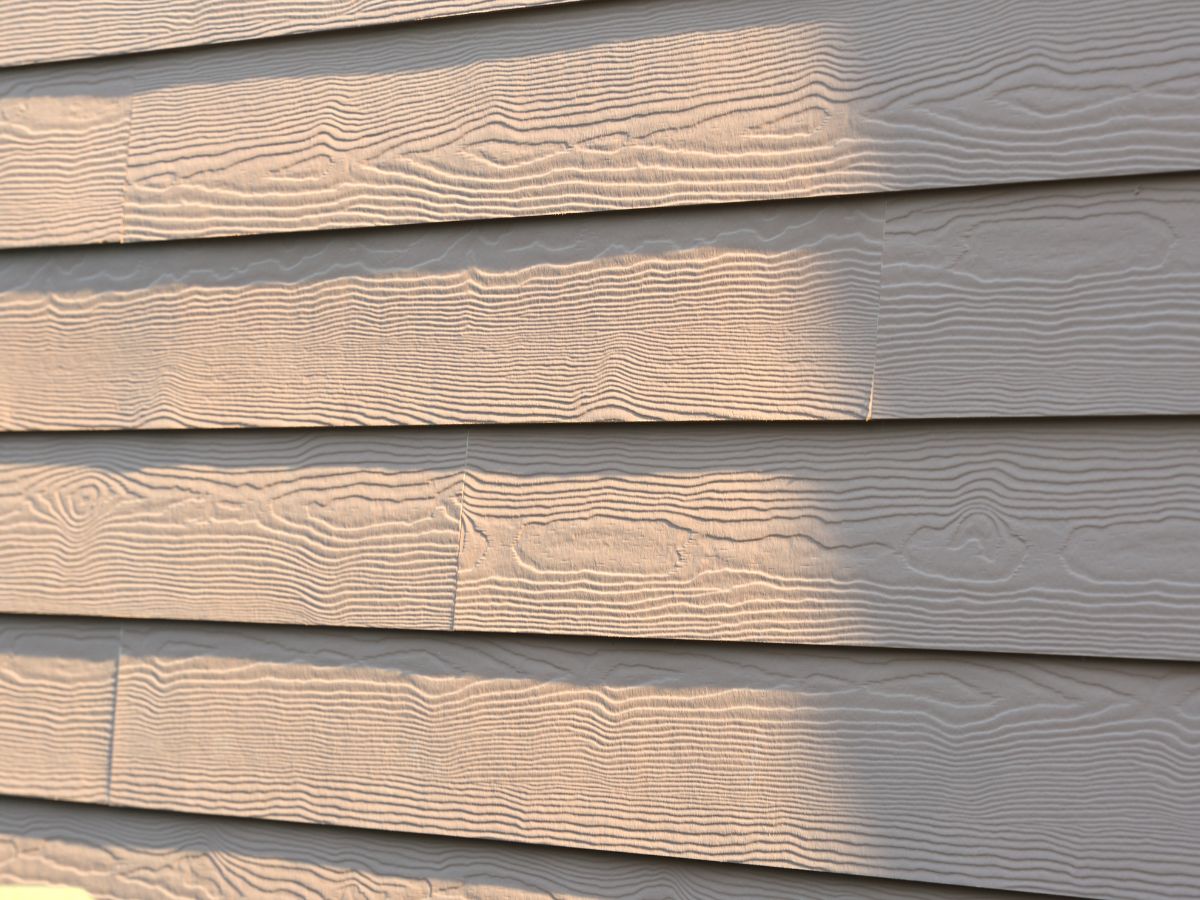
The Downsides of Hardie Board Siding: What You Need to Know
When considering the exterior of your home, siding plays a crucial role in both aesthetics and functionality. One popular choice among homeowners is Hardie Board siding, manufactured by James Hardie. Known for its durability and visual appeal, it’s no wonder that many are tempted to choose this option. However, like all building materials, it has its downsides that should be considered. In this article, we’ll explore The Downsides of Hardie Board Siding: What You Need to Know, providing you with valuable insights into its drawbacks.
Understanding Hardie Board Siding
What is Hardie Board Siding?
Hardie Board siding is a type of fiber cement siding created by James Hardie Industries. It is composed of a mixture of cement, sand, and cellulose fibers, making it incredibly durable and resistant to various weather conditions.
Why Do Homeowners Choose Hardie Board?
Homeowners often opt for Hardie Board due to its long-lasting nature and aesthetic versatility. It mimics the look of wood siding without the maintenance issues associated with wood.

The Downsides of Hardie Board Siding: What You Need to Know
1. High Initial Cost
One significant drawback of Hardie Board siding is the initial installation cost. Compared to traditional vinyl or wood siding, the upfront expenses can be considerably higher.
Cost Comparison Table
| Material | Average Cost per Square Foot | |------------------|------------------------------| | Vinyl | $2 - $7 | | Wood | $3 - $10 | | Fiber Cement | $5 - $12 |
While you may save money over time with lower maintenance costs, the initial investment can be daunting for some homeowners.
2. Heaviness and Installation Challenges
Another downside is the weight of Hardie Board. It’s significantly heavier than other siding options like vinyl or aluminum. This heaviness can complicate installation:
- Need for Professional Installation: Because it requires specific skills and tools for proper installation, hiring experienced siding contractors near me becomes essential.
- Increased Labor Costs: The weight can lead to higher labor expenses during installation.
3. Vulnerability to Moisture Damage
While fiber cement is generally moisture-resistant, improper installation can lead to issues:
- Water Accumulation: If not installed correctly with proper flashing and drainage systems, water can accumulate behind the boards, leading to rot.
- Mold Growth: Prolonged exposure to moisture can result in mold growth within wall cavities.
Siding Installation Near Me: Finding Professionals
4. Availability of Skilled Contractors
Finding skilled contractors who specialize in fiber cement siding installation might be challenging in certain areas:
- Search online for “ siding contractors near me” to locate professionals who have experience specifically with Hardie Board.
- Ensure they have good reviews and ratings from previous clients.
5. Time-Consuming Installation Process
Installing Hardie Board siding can take longer than other types due to its weight and complexity:
- Expect delays if weather conditions are not ideal.
- Take into account potential scheduling conflicts with your chosen contractor.
Maintenance Concerns with Fiber Cement Siding
6. Painting Requirements
Over time, even though fiber cement holds paint well, you may need to repaint every 10 years:
- Choose high-quality paint suitable for fiber cement.
- Be prepared for additional costs when factoring in professional painting services.
7. Cracking Risks
Although durable, Hardie Board is not immune to cracking:
- Extreme temperature changes can cause expansion and contraction.
- Regular inspections are necessary to catch any cracks early before they worsen.
Aesthetic Considerations
8. Limited Color Options
While there are numerous colors available at the factory level:
- Custom color matching may be limited compared to vinyl options.
9. Appearance Similarity
Some homeowners may find that all fiber cement sidings look similar:
- If you desire a unique appearance or texture resembling natural wood more closely, alternative materials might suit better.
Environmental Impact
10. Manufacturing Process Concerns
The production of fiber cement involves energy-intensive processes that might raise environmental concerns:
- Evaluate if eco-friendly options are available through local suppliers or companies specializing in sustainable practices.
FAQs about Hardie Board Siding
Q1: How long does Hardie Board last?
A1: When properly get more info maintained, it can last up to 50 years or more!
Q2: Is Hardie Board fire-resistant?
A2: Yes! It has a Class A fire rating due to its non-combustible material composition.
Q3: Can I install Hardie Board myself?
A3: While DIY installation is possible for skilled individuals, hiring a professional contractor ensures proper handling and minimizes risks.


Q4: Does it require special tools for installation?
A4: Yes! Specialized tools such as circular saws with carbide-tipped blades are recommended for cutting during installation.
Q5: Will it fade over time?
A5: While it holds paint well, prolonged sun exposure may cause some fading; regular maintenance helps combat this issue.
Q6: Is there warranty coverage available?
A6: Yes! James Hardie's products typically come with a 30-year limited warranty against defects in materials and workmanship.
Conclusion
In conclusion, while there are numerous benefits associated with choosing James Hardie's fiber cement siding—such as durability and aesthetic appeal—it’s crucial not to overlook its downsides as outlined in this comprehensive guide on The Downsides of Hardie Board Siding: What You Need to Know. By understanding these challenges ahead of time—whether regarding costs or maintenance—you’ll make an informed decision best suited for your home improvement needs.
If you're considering new siding installation near you or searching for reliable siding companies near me, don’t forget about these potential pitfalls while weighing your options! Always consult qualified professionals and evaluate all factors before making such an important investment in your property’s exterior charm and resilience!